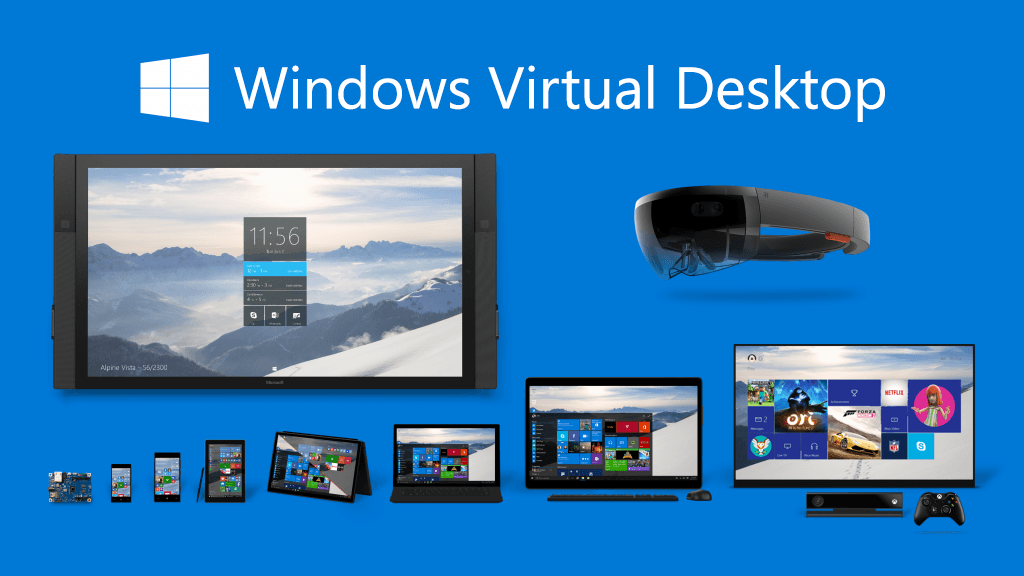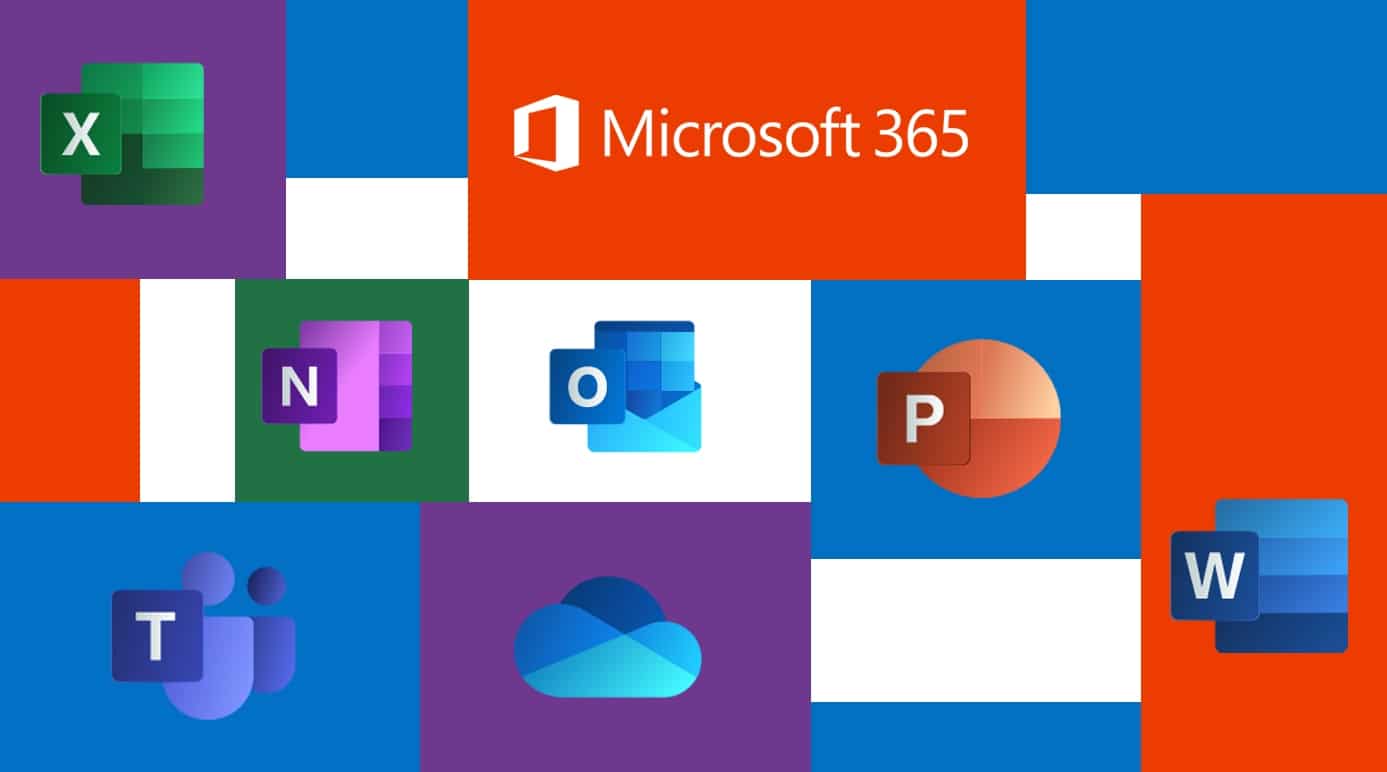Windows Virtual Desktop is now Azure Virtual Desktop (AVD)
From WVD to Azure Virtual Desktop
 Microsoft launched Windows Virtual Desktop almost two years ago---and a lot has happened in those two years. The life and work
changes that COVID-19 brought meant that organizations had to become more flexible and resilient, with many switching to
remote work. Windows Virtual Desktop was a way to facilitate this from the cloud with Windows 10. As various forms of remote and hybrid work continue, Microsoft's virtual desktop possibilities are becoming broader and more customizable. Users need not be on Windows operating systems. Security, scalability, ease of use, flexibility, and high-performance experience are benefits that Microsoft touts in Azure Virtual Desktop.
Microsoft launched Windows Virtual Desktop almost two years ago---and a lot has happened in those two years. The life and work
changes that COVID-19 brought meant that organizations had to become more flexible and resilient, with many switching to
remote work. Windows Virtual Desktop was a way to facilitate this from the cloud with Windows 10. As various forms of remote and hybrid work continue, Microsoft's virtual desktop possibilities are becoming broader and more customizable. Users need not be on Windows operating systems. Security, scalability, ease of use, flexibility, and high-performance experience are benefits that Microsoft touts in Azure Virtual Desktop.
Native Joining of Azure Virtual Desktop with Active Directory
 Another big improvement: soon appearing in public preview will be the ability to natively join virtual desktop machines to Azure Active Directory (AAD). Active Directory is an essential service for secure user access management. With this direct joining, there will be no subscription to Active Directory or AAD Domain Services required. That also means no need for VPNs, firewalls, or on-prem servers. This is especially good news for smaller organizations that don't already have Active Directory. Users can log into the virtual machine from any device with basic credentials. This ability allows for a much more streamlined process and can save a good amount of money for those smaller businesses. Also in the works are further capabilities, including support for single sign-on and additional credential types such as FIDO2.
Another big improvement: soon appearing in public preview will be the ability to natively join virtual desktop machines to Azure Active Directory (AAD). Active Directory is an essential service for secure user access management. With this direct joining, there will be no subscription to Active Directory or AAD Domain Services required. That also means no need for VPNs, firewalls, or on-prem servers. This is especially good news for smaller organizations that don't already have Active Directory. Users can log into the virtual machine from any device with basic credentials. This ability allows for a much more streamlined process and can save a good amount of money for those smaller businesses. Also in the works are further capabilities, including support for single sign-on and additional credential types such as FIDO2.
Other New Features and Capabilities
- Streamlined deployment. There will soon be a new onboarding experience in public preview. Through the Azure portal, those with an Azure subscription can quickly set up a full AVD environment with just a few clicks. The deployment will automatically validate requirements and implement best practices with setup.
- Endpoint Manager VM enrollment. For those that are using Windows 10 Enterprise, you can manage multi-session virtual machines with Microsoft Endpoint Manager just like shared physical devices. This consolidated view of both physical and virtual desktops provides more streamlined distribution of applications and management of policies. VM enrollment in Endpoint Manager is available in preview now.
- Desktop apps beyond employees. Organizations with Azure Virtual Desktop will now be able to deliver desktop applications as a service (SaaS) to customers and partners, not just their own employees. These external users do not need to have a Microsoft license.
- Additional pricing options. When customers do want to make use of the SaaS capability for users outside the organization, a new monthly per-user pricing option will facilitate that. Payment would be usage-based and in addition to regular monthly pricing. This option will begin on January 1, 2022. It will be $5.50 per user per month just for apps, or $10 per user per month for both apps and desktops.
Promotional Free Trial Period
To give customers a chance to try AVD for external users before then, Microsoft is offering a free trial period from July 14-December 31. (Normal Azure infrastructure costs still apply; this trial is just for partner and client access.) You can take advantage of the free trial here.Stay connected. Join the Infused Innovations email list!
Share this
You May Also Like
These Related Posts
Step-by-Step Guide to Deploy Windows Virtual Desktop in Azure
![]()
Step-by-Step Guide to Deploy Windows Virtual Desktop in Azure
March 22, 2019
6
min read
WVD Pricing Guide (Windows Virtual Desktop)


WVD Pricing Guide (Windows Virtual Desktop)
September 30, 2019
6
min read
Guide to Deploy Office 365 ProPlus in Windows Virtual Desktop


Guide to Deploy Office 365 ProPlus in Windows Virtual Desktop
May 13, 2019
2
min read

No Comments Yet
Let us know what you think